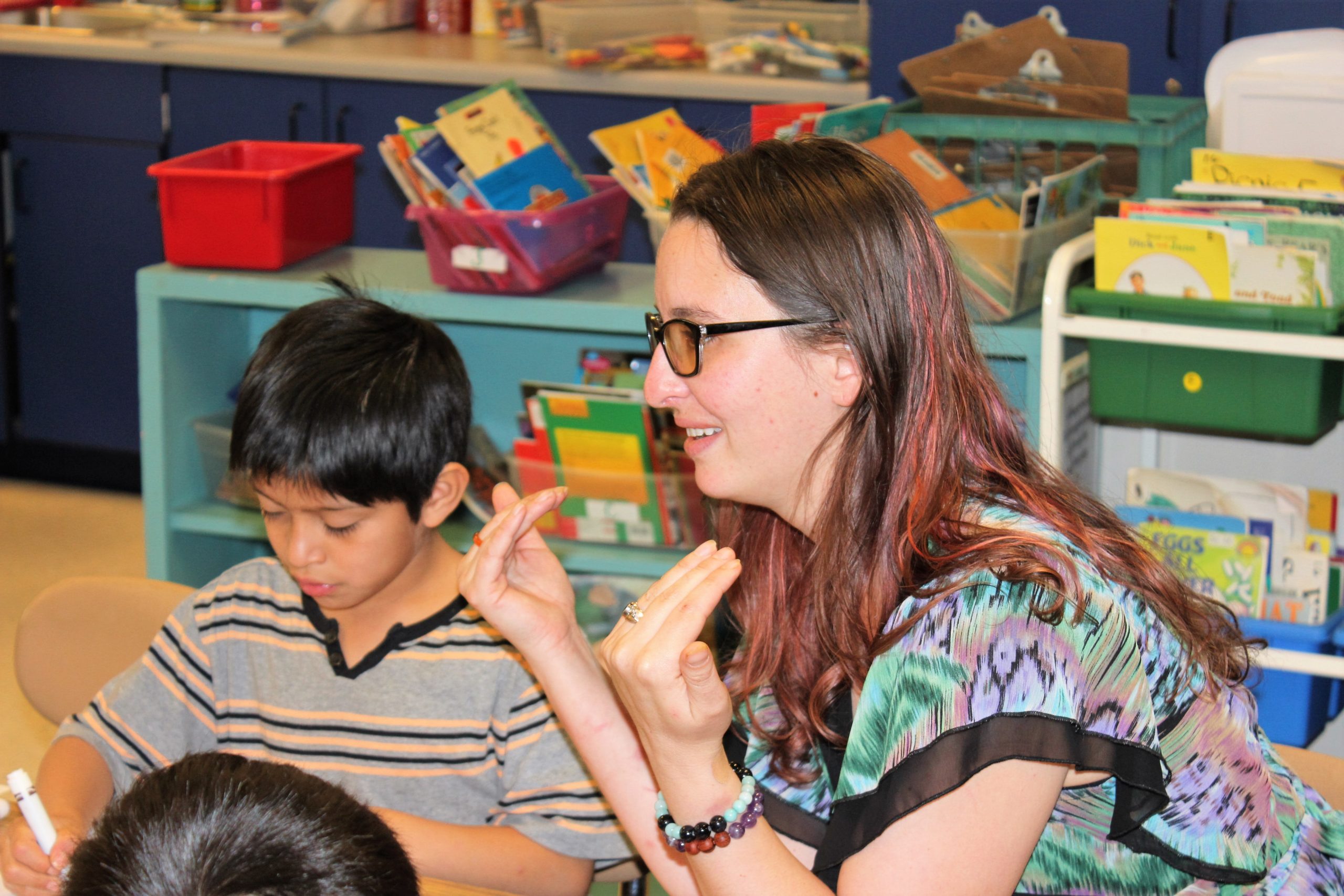The hardest part of teaching in the new Empowerment Education framework in the current public school system is recognizing the fruits of your labor. In the current system, the best teachers are the ones who keep students in quietly filed lines and fill every minute with the exact curriculum mandated by the district for that day’s instruction. The research in Empowerment Education calls for something different: much more experiential student-centered activities, more choice, freedom, noise, and movement to guide the learning. To the traditional eye, this can make me, the teacher, who is using these methodologies, look incompetent with an out-of-control classroom. Sometimes I feel like I am standing in the DMV belting out show tunes and seeing the shock on everyone’s face, even if it is their favorite song. It takes a lot of reflection, courage, and self-validation to remain faithful to the empowerment techniques even though I know they are amazingly effective.
There are ways to help myself stay trusting when things get challenging. One classroom empowerment tool I use often is the WAVE Process®. For example, when I notice my class noise level going up and the worried eye of the veteran teacher glaring at me, I start to feel nervous and judged. I use the WAVE to support me in going from my fear of rejection to trusting my own teaching process so I can continue to take action in the direction I want and stay connected to the students. As I empower myself, I can re-trust what I know is true, that it is important for my kindergartners to be excited, engaged, explorative, and PLAY.
Today, much of our school day is dictated by the “must do” academic activities that we often leave out the most important activities: play and exploration into the world around us. In the current framework of education, PLAY is considered a four-letter bad word. In the empowerment paradigm, play is part of the core of all learning. In the dictionary the verb play is defined as, “1) to do activities for fun or enjoyment 2) to participate in 3) to compete against.” When schools begin to prioritize play again within an personal empowerment structure, learning will again be fun, foster participation and cooperation, and promote healthy competition.
I was in no mood to “play” one day in my kindergarten classroom. I had become overwhelmed by my need to conform to the public school rules. My usual sing-song voice was now short and angry. My hands weren’t high-fiving and helping, but pointing and grabbing. I doubted my entire worth as an educator by 1:30 that day. All the students were seated in their desks with the lights off and I was lecturing them about their “terrible behavior”. Then Liz, a little girl who reminds me of myself with her love for animals and a hard to understand speech impediment, raised her hand and said, “Mrs. Hill-Price, do you know what to do when you are mad?” I stopped in my tracks, taken back by her awareness of my “inner” turmoil. Without letting me answer she said, “Put your hands on your belly and belly breathe.” She showed me how. I nearly began to cry. Her connection and understanding of my feelings gave me the direct evidence I was needing to assure me that how I taught and treated them actually made an impact. Not only was she comfortable enough with me to be my support at 5 years old, but also she was able to share a regulation strategy she was using herself. Her empathy and leadership skills were undeniable.
Liz didn’t know my principal had observed me earlier and I was exhausted and mad at myself because I had put aside my empowerment practices to please the principal and be the perfect “old system” teacher. Liz didn’t know that I needed to be reminded that the new way of empowerment teaching was what each student really needs each day. She just inherently taught me what she already knew worked for her. How powerful. I immediately shifted back into my confident, calm, and connected state with my class. You could see the relief on my student’s faces.
Through the mirroring of my students that I now notice more and more, my own emotional experiences have become the reassurance over and over that Empowerment Education is totally worth any time and attention given in our schools. I will continue to not waiver from this!
Big Picture: Empowered kids can be paired partners with teachers in the new paradigm.
Tiny Detail: “Do you know what to do when you are mad to stay connected to the students?”

